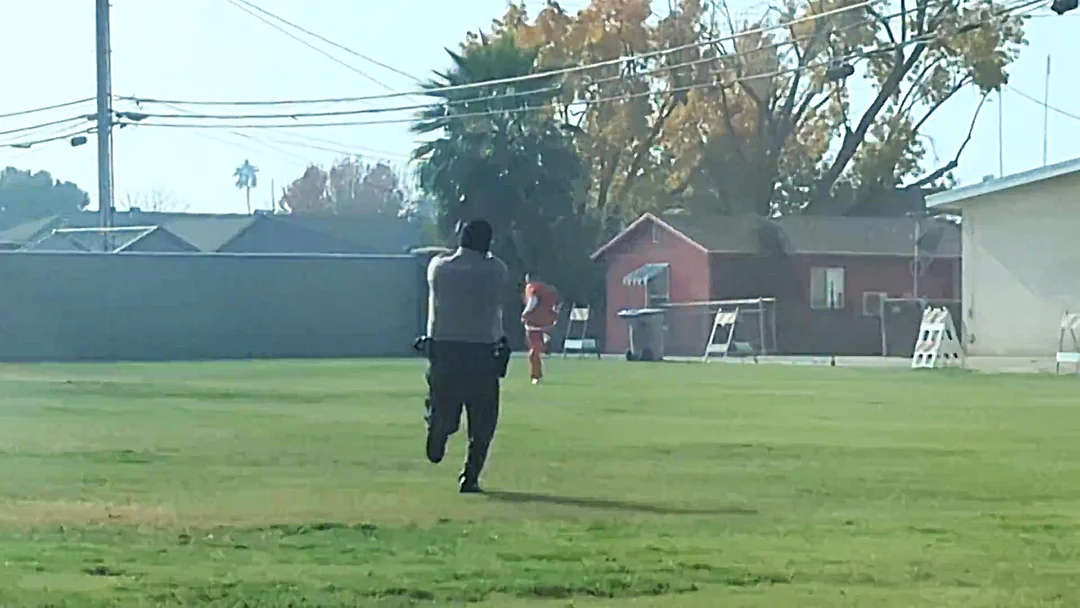
What Went Wrong? The Shocking Capture of Escaped Inmate César Hernández and Its Aftermath
A dramatic series of events unfolded over the past few weeks involving César Moisés Hernández, a convicted killer who made headlines for his brazen escape from custody and the subsequent tragic death of a Mexican police officer.
On April 9, 2025, during an operation aimed at recapturing Hernández in Tijuana, Baja California, Cmdr. Abigail Esparza Reyes was shot and killed. This operation was crucial not only in addressing the threat posed by Hernández—who had previously escaped custody in California—but also for bolstering the collaborative efforts between U.S. and Mexican law enforcement. The impact of Esparza's loss has been deeply felt across both nations.

Hernández's arrest came just a day prior to the deadly operation. Mexican law enforcement captured him in the Lomas de Matamoros neighborhood of Tijuana, having received considerable support from border officials who were also vested in recapturing the fugitive. The manhunt had captivated attention in both the U.S. and Mexico, with rewards reaching as high as $35,000 for information leading to his arrest.
Baja California's Secretary of Security, Laureano Carrillo Rodríguez, was quick to address the failures that allowed Hernández to evade capture previously. "There were operational errors that did not adhere to established protocols," he stated, underscoring the importance of reviewing practices within law enforcement agencies. The fallout from this incident suggests systemic issues that may require overhaul to restore public confidence.
Esparza, who was a respected officer with an 11-year tenure, was praised posthumously by U.S. officials, highlighting her commitment to keeping both countries safe. David Arizmendi from the U.S. Embassy referred to her as a "true hero," emphasizing the critical nature of binational law enforcement efforts.
The fatal shooting raised serious questions about the efficacy of the operation. Reports indicated that Hernández had initially escaped the scene in his underwear before changing into a worker's jacket to avoid detection. Following the incident, local officials admitted that there were lapses in protocol and a lack of coordination that contributed to the chaotic response.
This incident not only sheds light on the dangers faced by law enforcement but also underscores the complex relationship between the organizations in both countries. President Claudia Sheinbaum has denied any involvement by U.S. security agents in the Tijuana operation, stating that the investigation into the incident remains ongoing.
As authorities grapple with the implications of this tragedy, public trust remains at stake. Ensuring better training and operational protocols will be essential to prevent future losses like that of Cmdr. Esparza.
In light of the recent developments, a crucial question remains: How will international collaboration adjust in the wake of this incident? What changes will be made to prevent further tragedies? The road ahead appears daunting, but the conversation surrounding these issues has only just begun.
We invite readers to share their thoughts on the operation and its fallout. How do you view the coordination between U.S. and Mexican law enforcement in such high-stakes situations?